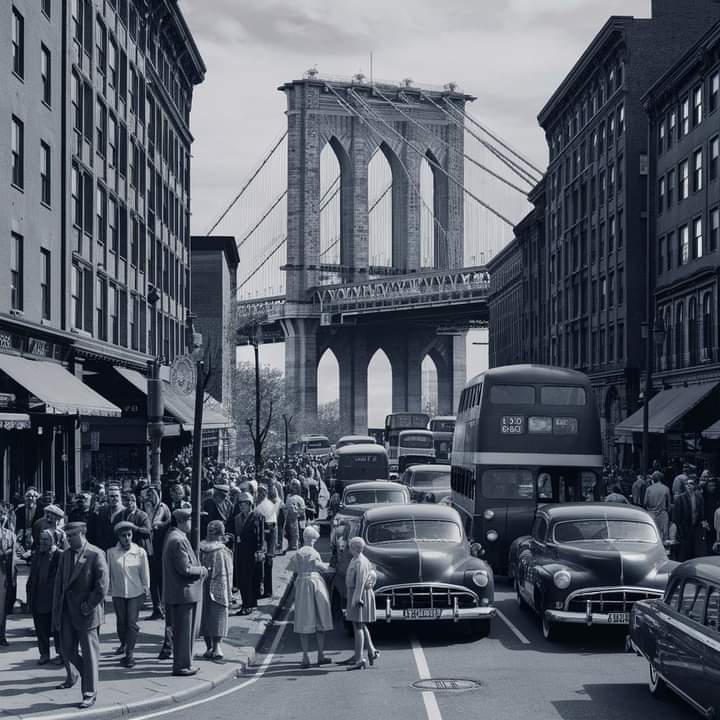
1. Boss Tweed helped get the project started.
William M. “Boss” Tweed, the infamously corrupt head of New York City’s Tammany Hall political machine, latched on to the Brooklyn Bridge project from the very beginning. According to sworn testimony, he gave later, he facilitated up to $65,000 in bribes to New York’s aldermen in order to win their backing for a $1.5 million bond issue. He then became a major holder of bridge stock and joined a committee charged with managing the project’s finances.
Tweed allegedly hoped to skim money from the city’s bridge contracts, much as he had done with other large public works. But he was arrested in 1871 before he could fully realize his plan. It has since been estimated that Tweed and his cronies stole at least $45 million, and perhaps as much as $200 million, from the public coffers during their time in power.
2. At least 20 people died during the bridge’s construction.
The first fatality came in 1869 before construction had even begun. German-born John A. Roebling, who designed the bridge, was taking compass readings one afternoon when his foot was crushed between some pilings and a boat. His toes were amputated, and a few weeks later he died of tetanus. Other workers fell off the 276-foot-high towers, were hit by falling debris or succumbed to caisson disease, better known as “the bends. “No official figure exists for the number of men killed, but estimates range from 20 to over 30. Dozens more suffered debilitating injuries, including Roebling’s son Washington, who became bedridden with the bends after taking over as chief engineer from his father.
3. It was the longest suspension bridge in the world—by far.
A few high-profile collapses in the first half of the 19th century prevented suspension bridges from immediately catching on. Undeterred, Roebling figured out how to stabilize them, largely by adding a web truss to either side of the roadway platform. He built four suspension bridges in the 1850s and 1860s, including one over the Ohio River and another near Niagara Falls. All would later be dwarfed by the Brooklyn Bridge, which, with a main span of just over 1,595 feet, was by far the longest suspension bridge in the world. It remained that way until 1903 when the nearby Williamsburg Bridge overtook it by 4.5 feet.

Construction of the Brooklyn Bridge Took 14 Years—And Multiple Lives
Horrific workplace accidents claimed a string of lives and left its designer dead and his son crippled.

the eastern United States due to DDT poisoning but made a comeback after the pesticide was banned in 1972. Surprisingly, the birds soon began thriving in New York City, where they nest on bridges, church steeples and skyscrapers. Today, about 16 pairs of peregrines live in the Big Apple, and the Brooklyn Bridge has become one of their regular nesting sites.

